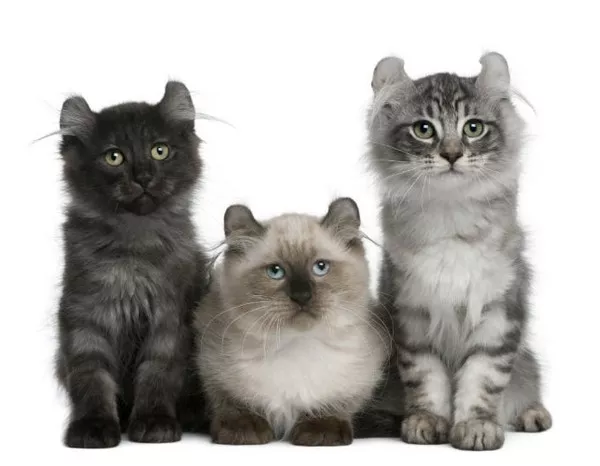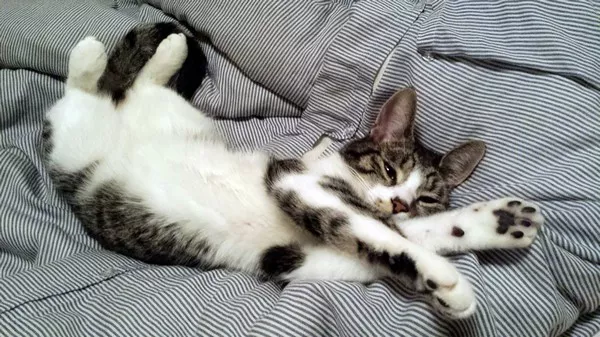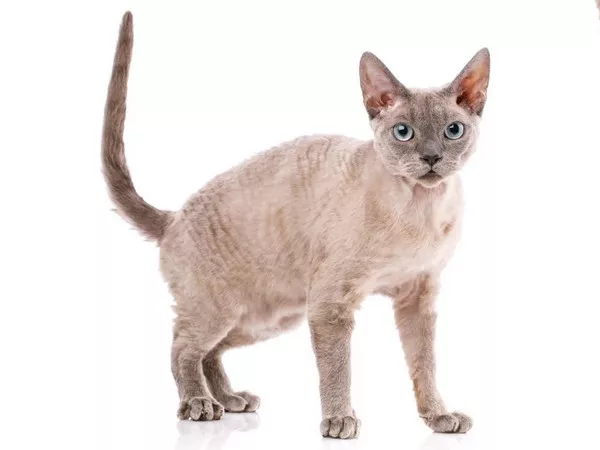American Curl cats have gained fame for their distinctive curled ears and endearing personalities. As a breed, they are known to be loving, affectionate, and highly sociable. However, when it comes to their reproductive capabilities, many cat enthusiasts are eager to know just how many kittens an American Curl can have in a single litter. In this article, we will delve into the topic of American Curl cat reproduction, exploring the factors that influence litter size and shedding light on the average number of kittens in a typical American Curl litter.
Understanding Feline Reproduction:
Before delving into the specifics of American Curl cat reproduction, it is essential to understand the basics of feline reproductive biology. Female cats, or queens, typically reach sexual maturity between six and nine months of age. They undergo estrus cycles, commonly referred to as “heat,” during which they are receptive to mating. Male cats, known as toms, reach sexual maturity around six to twelve months of age and have the ability to mate throughout the year.
Factors Influencing Litter Size:
Several factors influence the litter size of American Curl cats. These include genetics, age, health, nutrition, and environmental conditions. Let’s explore each of these factors in detail:
1. Genetics:
Genetics play a significant role in determining the size of a cat’s litter. While American Curls do not have a specific genetic predisposition for larger or smaller litters, the genes inherited from both parents can influence litter size variations.
2. Age:
A queen’s age can impact her litter size. Younger cats may have smaller litters initially, while older queens tend to have larger litters. The peak reproductive years for most cats range from two to five years of age.
3. Health:
The overall health of the female cat is crucial for successful reproduction. Cats with underlying health issues or genetic abnormalities may experience complications that can reduce litter size or fertility.
4. Nutrition:
Proper nutrition is essential for maintaining optimal reproductive health in cats. A well-balanced diet that includes adequate amounts of essential nutrients, such as proteins, vitamins, and minerals, can positively impact fertility and litter size.
5. Environmental Conditions:
Stressful environments or living conditions can impact a cat’s reproductive capabilities. Ideally, cats should be provided with a calm and comfortable environment to maximize their chances of achieving larger litter sizes.
Average Litter Size of American Curl Cats:
The average litter size of American Curl cats can vary widely, ranging from one to eight kittens, with four to six kittens being the most common. It is important to note that these numbers are approximate averages and individual variations can occur. Factors like those mentioned above can influence litter size variations within the breed.
Care during Pregnancy and Whelping:
When an American Curl queen becomes pregnant, it is crucial to provide her with appropriate care and support. Regular veterinary check-ups, proper nutrition, and a stress-free environment are essential for a healthy pregnancy.
During the whelping process, the queen should have a quiet and secluded area where she feels safe and comfortable. Owners should monitor the queen closely but refrain from interfering unless there are signs of distress or complications. It is advisable to consult a veterinarian for guidance on assisting with the birthing process if necessary.
Conclusion:
The litter size of American Curl cats can vary depending on several factors, including genetics, age, health, nutrition, and environmental conditions. While the average litter size ranges from one to eight kittens, the most common range is four to six kittens. Providing proper care and support to pregnant American Curl queens is vital for ensuring successful pregnancies and healthy litters. If you are a breeder or an owner of an American Curl, understanding the factors that influence litter size can help you better prepare for the arrival of adorable bundles of joy into your feline family.












![Is the Devon Rex Hypoallergenic? [Revealed!]](https://www.catsmeowweb.com/wp-content/uploads/2023/06/Devon-Rex-cat-5.webp)













